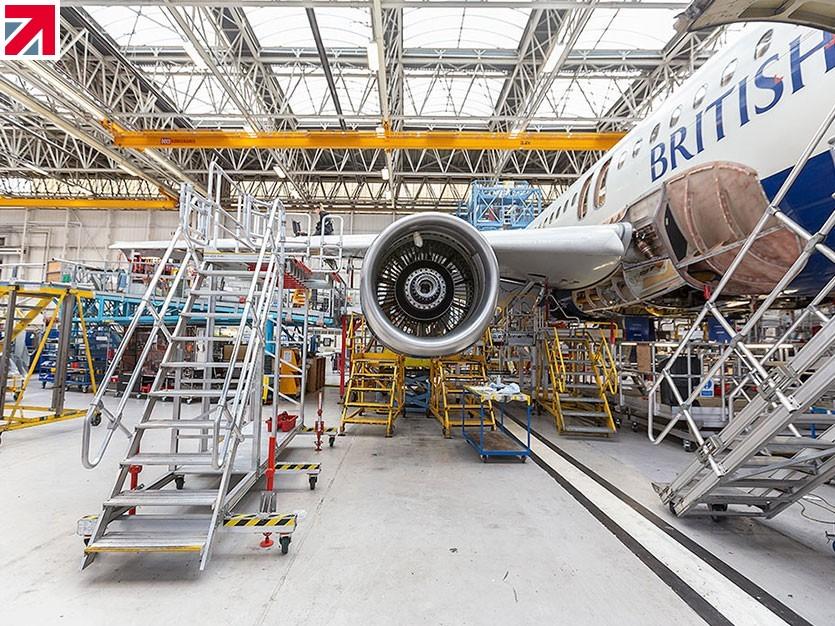
It’s always better to face supply challenges in meeting increasing demand than to have plenty of supply but crashing demand.
The former, more favorable situation is about where Europe’s regional airlines now stand, according to Nick Rhodes, head of operations, safety and infrastructure at the European Regions Airline Association (ERA).
The association represents the continent’s regional carriers and supporting aviation companies. Rhodes estimates ERA-member airline flights in December 2021 stood about 24% below their December 2019 levels.
“For many of these airlines, particularly those that serve remote communities and provide essential connectivity to the regions, operations have not been impacted as severely as the long-haul markets or those that have a focus predominantly on leisure and tourist travel,” Rhodes points out.
“However, the continued patchwork of sanitary measures and the disjointed approach of states when it comes to current vaccination requirements has resulted in the predicted recovery stalling as we started 2022.”
Nevertheless, Rhodes is cautiously optimistic that his member-airlines’ services will return to nearly 85-90% of pre-COVID levels by the summer of 2022.
On his members’ ability to meet increasing demand, Rhodes notes that the pandemic hit the entire aviation industry in some way or another, with many suppliers drastically reducing or halting operations in 2020.
Once mandatory lockdowns were lifted, a resurgence of demand for parts and maintenance was seen, and “as a result there have been some supply-chain issues.”
Supply-chain issues, combined with staffing challenges and continued uncertainties due to new virus variants, have had negative impacts on aviation support and production.
Rhodes says that the reaction of European governments to any future variants will be critical in resolving uncertainties and aiding aviation supply. He is hopeful that these uncertainties will be resolved during 2022, as Europe moves toward accepting COVID as an endemic virus, no longer a pandemic.
Still, shortages of aviation maintenance skills remains a concern. “Even before the pandemic, skilled, long-serving workers were exiting the industry.
But at the height of the crisis, many were forced to stop operations, and redundancies were seen across the industry,” Rhodes says. As a result, many former mechanics have quickly found alternative employment, choosing not to return to their careers in aviation.
Other aviation mechanics have elected to return, but only on a part-time basis. And some have taken early retirement, further adding to the maintenance skills gap by removing excellent mentors for the next generation of mechanics.
Rhodes says ensuring the right pipeline of new talent will be a significant issue over the short- to medium-term, and this will not only affect maintenance, but will also affect pilots and cabin crew, as well as essential office and ground staff.
And, as in the U.S. and elsewhere, regional carriers must compete with larger and usually better-paying major airlines for the available talent.





